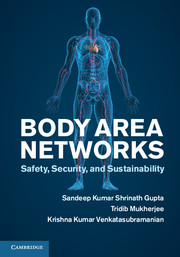Book contents
Foreword
Published online by Cambridge University Press: 05 April 2013
Summary
Over the last decade, the looming collision of the healthcare domain with a number of factors has led to a stark realization that change is urgently required. One may see this change in political platforms and government reforms, but it is technology that has been – and will continue to be – a driving force for the improvement of healthcare.
Factors contributing to this collision in the healthcare domain include the often-documented fact that global aging (contributed largely by the ‘baby boomer’ generation, those born between 1946 and 1964) has hastened the need for increased efficiencies and improved patient outcomes. People aged sixty years and older will comprise at least 21.8% of the population in 2050. Given chronic care expenditures (78% of healthcare costs) and global shortages in hospital beds, assisted living housing, and healthcare professionals, it has been widely acknowledged that the response needs to be swift and thorough. With the US gross domestic product predicted to be at least 25% healthcare-related by 2025, current healthcare costs simply cannot be maintained without causing significant negative impacts on economic and social indicators.
Concurrently, demands for electronic medical records (EMRs) and vast health-information exchanges – analogous to the overhaul of the banking industry that brought us ATMs and electronic banking – are increasing as the need for connectivity and mobility permeates society. Little tolerance remains for paper entries and the nearly 100,000 medical errors seen yearly in the USA alone.
- Type
- Chapter
- Information
- Body Area NetworksSafety, Security, and Sustainability, pp. xi - xivPublisher: Cambridge University PressPrint publication year: 2013



